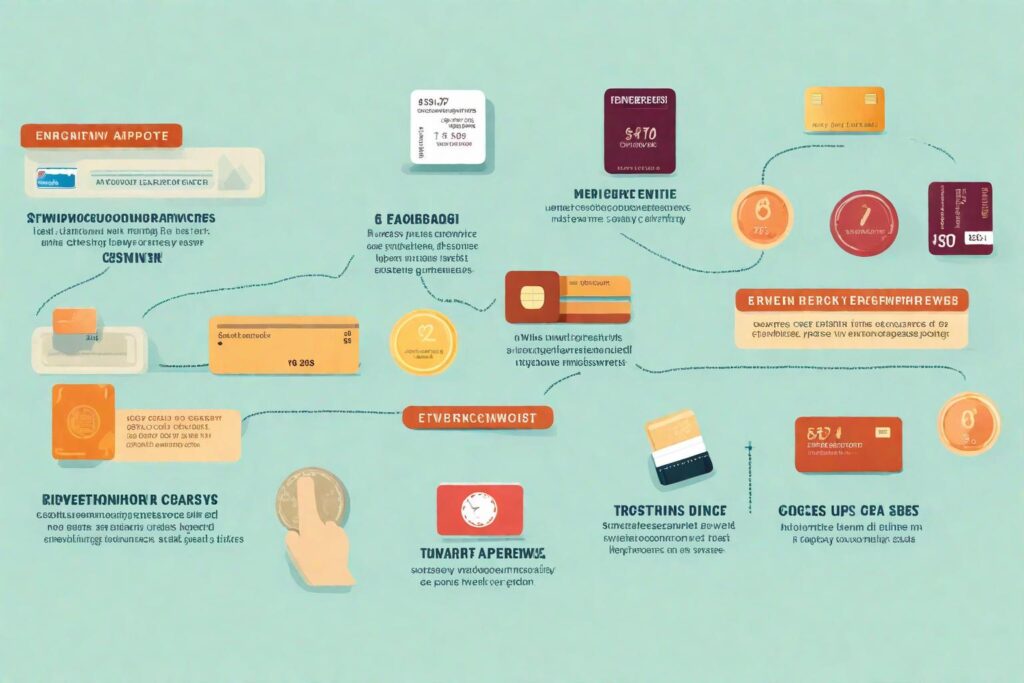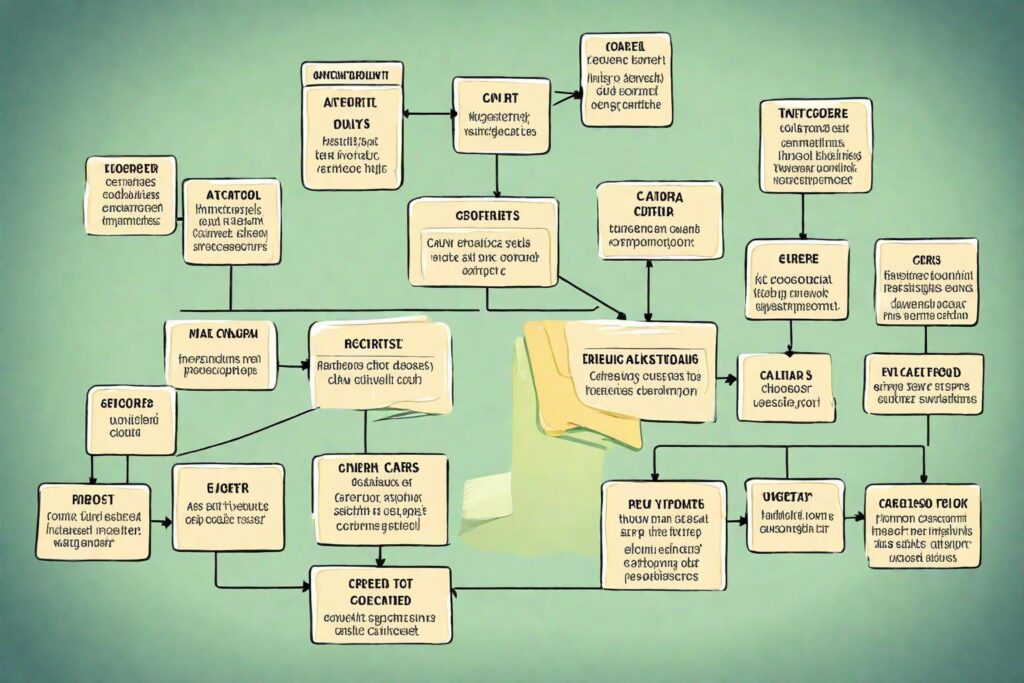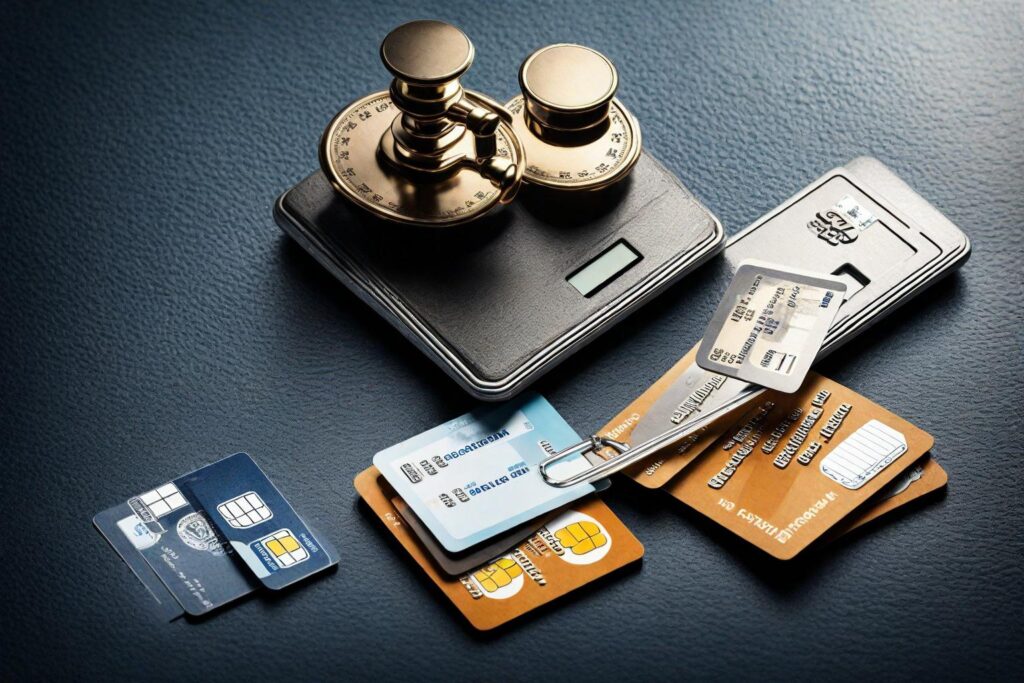Introduction

In an era where financial flexibility is paramount, the question of “how many other bank credit cards can we add” to our personal finance arsenal is increasingly pertinent. Whether you’re a savvy spender, a rewards maximiser, or simply looking for ways to manage your cash flow more effectively, understanding the dynamics of multiple credit card ownership is crucial.
Check this out also SBI Hybrid Equity Fund Direct Growth
you may like this The wavelength of matter wave is independent of:Debunking Myths
Table of Contents
The Balancing Act: Why Add Multiple Credit Cards?

Before delving into the numbers, it’s important to understand why one might consider adding multiple credit cards from different banks. Here are a few reasons:
- Rewards and Benefits Diversification: Different credit cards offer varied rewards programmes, cashback offers, and travel benefits. By having a selection, you can maximise your rewards.
- Credit Utilisation and Score Improvement: Having multiple credit cards can positively affect your credit utilisation ratio, a key factor in your credit score.
- Emergency Preparedness: Multiple cards mean more options in case of emergency expenses or if a particular card is not accepted.
So, How many other bank credit cards can we add?

The answer to how many other bank credit cards one can add is not one-size-fits-all. It depends on several factors:
- Your Credit Score: The better your credit score, the more likely banks will approve you for additional cards.
- Income Level: Your income level impacts your ability to manage multiple credit cards effectively.
- Existing Debt: If you already have significant debt, adding more credit cards might not be advisable.
- Personal Financial Management: This is perhaps the most crucial factor. Your ability to manage multiple cards without missing payments is key.
Is There a Magic Number?

There isn’t a universal magic number of credit cards that one should aim for. However, a good rule of thumb is to only have as many as you can manage responsibly. For some, this might be two or three, while for others, it could be more.
The Risks of Too Many Credit Cards

While having multiple credit cards can be beneficial, there are risks involved:
- Higher Debt Potential: More credit cards can lead to higher spending and increased debt.
- Credit Score Impact: Applying for several credit cards in a short period can temporarily lower your credit score.
- Complex Financial Management: More cards mean more statements, due dates, and fees to keep track of.
Best Practices for Managing Multiple Credit Cards

- Pay Balances in Full: To avoid interest and debt accumulation, try to pay off your balances in full.
- Monitor Your Credit Score: Regularly check your credit score and report for any discrepancies.
- Set Up Alerts: Use alerts for payment due dates to avoid missed payments.
- Utilise Budgeting Tools: Many apps and online tools can help you track spending across different cards.
Conclusion
In summary, the question of how many other bank credit cards you can add hinges on your personal financial situation and your ability to manage credit responsibly. There’s no universal right number, but the key is to ensure that your credit card portfolio enhances rather than hinders your financial health. Remember, credit cards are a tool for financial flexibility and security, not a means to accumulate unsustainable debt.

